Henna Tattoos: A Timeless Tradition for Unforgettable Celebrations

Henna tattoos, also known as Mehndi, have a rich cultural history and have gained popularity in the United States as a form of temporary body art. The natural dye derived from the Henna plant is used to create intricate and beautiful designs on the skin. These tattoos have become a popular choice for celebrations and special occasions, adding a touch of elegance and uniqueness to any event.
Jump to:
- What is Henna?
- History of Henna
- How to Use Henna?
- Why Use Henna?
- Appearance and Comparisons
- Identifying Quality Henna
- Home Remedies Using Henna
- How do you plan a Henna party?
- What do you do at a Henna party?
- What should you have at a bachelorette party?
- How to care for Henna tattoos?
- How to remove Henna tattoos?
- Hennaco Henna Cones for Bachelorette Party
- Unique Ideas for Henna
What is Henna?
Henna, scientifically known as Lawsonia inermis, is a plant that grows in tropical and subtropical regions. The leaves of the Henna plant are dried, ground into a powder, and mixed with other natural ingredients to create a paste. This paste is then used to apply intricate designs on the skin. Henna has been used for centuries in various cultures as a form of artistic expression, celebration, and adornment.
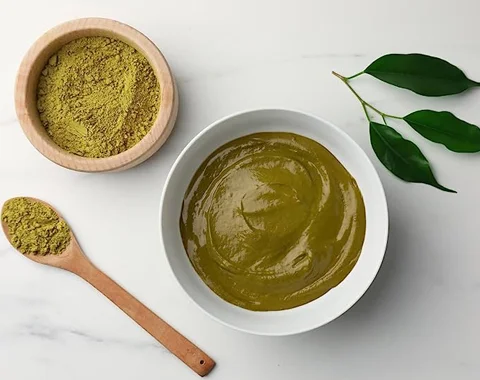
History of Henna
The history of henna dates back thousands of years, with its origins believed to be in North Africa and the Middle East. From there, it quickly spread across the Indian subcontinent, Southeast Asia, and other parts of the world. The earliest evidence of henna usage can be found in ancient Egyptian mummies, where henna stains were found on the nails and skin.
Throughout history, henna has held great cultural significance. In various regions, it has been used as a symbol of joy and celebration during weddings, festivals, and other auspicious occasions. The practice of applying henna transcended borders, becoming an integral part of different cultural and religious ceremonies.

How to Use Henna?
Applying henna is a skillful process that involves mixing henna powder with water or other natural ingredients like lemon juice, tea, or essential oils to form a smooth paste. The paste is then filled into a henna cone, similar to a piping bag used in cake decoration. By gently squeezing the cone, intricate designs are drawn on the skin. Henna designs can range from delicate patterns to bold and elaborate motifs, limited only by the artist's imagination.
Once the henna paste is applied, it needs to dry on the skin for several hours. To achieve a deeper and longer-lasting stain, it's advisable to keep the henna paste on the skin for as long as possible, ideally 4-6 hours. After the drying period, the dried henna paste is gently scraped off, leaving behind an orange stain on the skin. Over the next 24-48 hours, the stain darkens to a beautiful reddish-brown color.
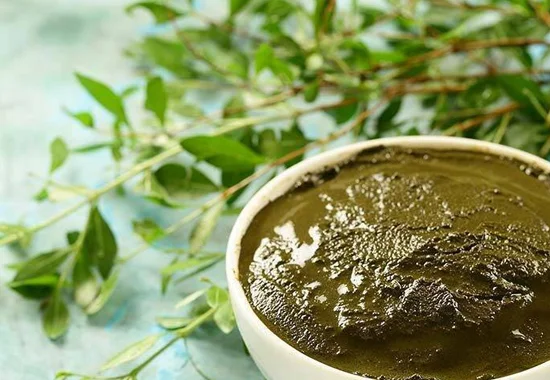
Why Use Henna?
Henna offers numerous advantages over other forms of body art. Firstly, it is a natural and temporary method, making it safe for most people, including those with sensitive skin. Unlike permanent tattoos, henna fades away gradually, giving individuals the freedom to change designs or try different patterns whenever they wish.
Henna also holds cultural significance, playing an essential role in weddings and other cultural celebrations. It is a symbol of beauty, love, and joy, often used to adorn brides and bridesmaids during wedding ceremonies. Furthermore, henna art provides a unique way to express oneself, showcasing creativity and individuality through personalized designs.
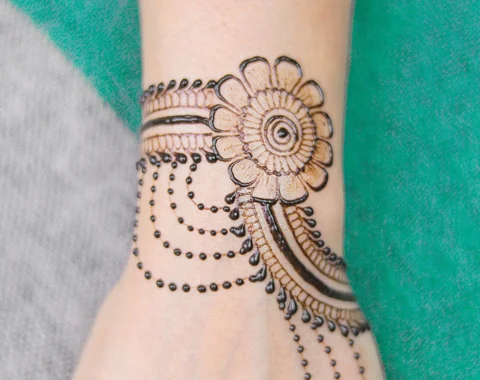
Appearance and Comparisons
Henna art is characterized by its intricate and delicate designs that adorn various parts of the body, including the hands, feet, arms, and legs. Different cultures have their distinct styles of henna art, and each style carries its own symbolic meanings and patterns.
In India, for example, Rajasthani henna designs are known for their fine lines and peacock motifs, while Arabic henna designs typically consist of bold, large-flowing patterns. African henna designs often feature geometric shapes and symbols, while Moroccan henna art may incorporate elements of the local architecture.
Comparing these styles highlights the richness and diversity of henna art worldwide, making it a unique and captivating form of body adornment.

Identifying Quality Henna
To ensure a safe and satisfying henna experience, it is essential to use high-quality henna products. Some henna powders sold commercially may be mixed with harmful additives or chemicals to enhance color or extend shelf life. These additives can cause skin irritations and allergies.
When purchasing henna, look for products that are 100% natural, free of chemicals, and sourced from reputable suppliers. Authentic henna paste should have a rich green color, indicating freshness and purity. Always check the ingredient list and avoid henna products with questionable additives.
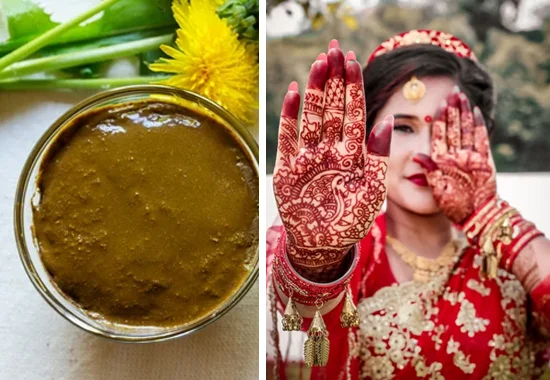
Home Remedies Using Henna
Beyond its use as a body art form, henna has been valued for its medicinal properties for centuries. Henna leaves are known to possess cooling and antimicrobial properties, making them beneficial for various home remedies.
- Hair Health: Henna is a popular natural hair dye that adds a reddish tint to hair, promoting shine and strength. It can also help with scalp conditions like dandruff and dryness.
- Skin Conditions: Henna is a popular natural hair dye that adds a reddish tint to hair, promoting shine and strength. It can also help with scalp conditions like dandruff and dryness.
- Cooling Effect: Henna is often used to create a cooling pack for hands and feet, especially during hot summer months, providing a refreshing and calming sensation.

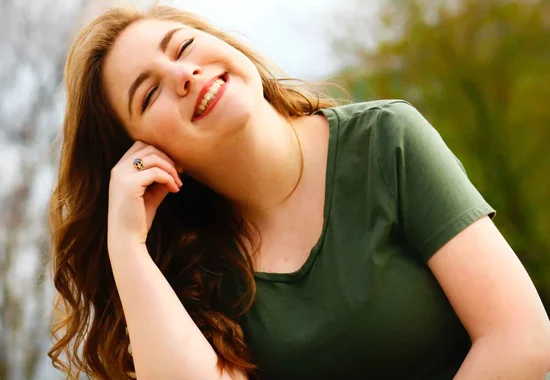

How do you plan a Henna party?
Planning a Henna party involves careful consideration of several elements to create a memorable and enjoyable event. Start by selecting a suitable venue that can accommodate your guests comfortably. Consider the ambiance and decorations, incorporating vibrant colors and elements that reflect the cultural significance of Henna. Send out invitations to friends and family, informing them about the Henna tattooing experience that will be the highlight of the party. Hire a skilled Henna artist who can create beautiful designs for your guests and provide a demonstration of the art form. Prepare a variety of delicious food and drinks, and consider adding elements such as music, dance, or other cultural activities to enhance the festive atmosphere.
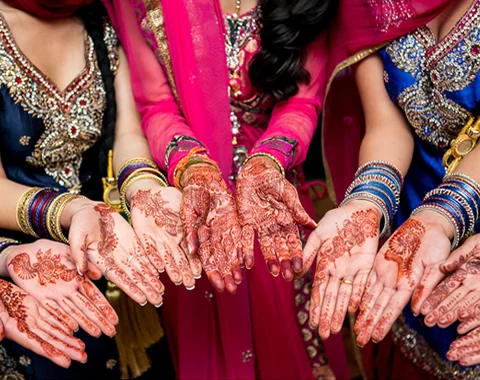
What do you do at a Henna party?
At a Henna party, guests gather to enjoy the application of Henna tattoos and celebrate special occasions. The Henna artist will work their magic, creating unique and intricate designs on the hands, arms, feet, or other desired areas of the guests. As guests wait for their turn, they can enjoy delicious food and beverages, socialize, and participate in other activities. The Henna party provides an opportunity for friends and family to bond, celebrate, and appreciate the artistry and cultural significance of Henna.
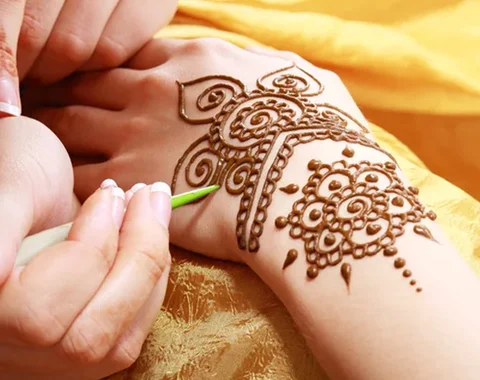
What should you have at a bachelorette party?
When planning a bachelorette party, consider incorporating Henna as a unique and memorable activity. Along with the Henna tattoos, you can create a vibrant atmosphere by decorating the venue with colorful fabrics, flowers, and candles. Play lively music that sets the mood and encourages dancing and celebration. Plan fun games or activities related to weddings or the bride's interests. Serve delicious food and drinks that cater to the preferences of the guests. Henna can be a focal point of the bachelorette party, providing a beautiful and meaningful experience for the bride and her friends.
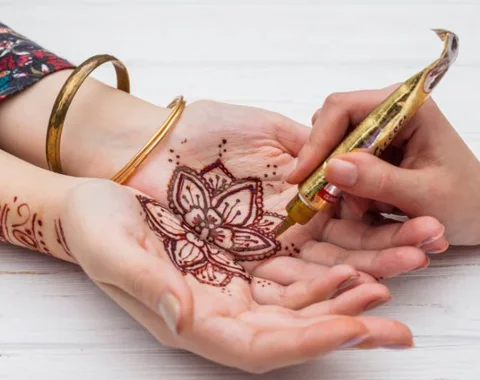
How to care for Henna tattoos?
Caring for Henna tattoos properly is essential to ensure their longevity and vibrancy. After the Henna paste has dried, avoid contact with water for at least 6-8 hours to allow the dye to penetrate the skin fully. Once the paste is removed, moisturize the area regularly with natural oils, such as coconut oil or almond oil, to keep the skin hydrated and the design looking fresh. Avoid exfoliating the area vigorously, as this may fade the tattoo prematurely. With proper care, Henna tattoos can last anywhere from one to three weeks, depending on individual skin characteristics and aftercare practices.
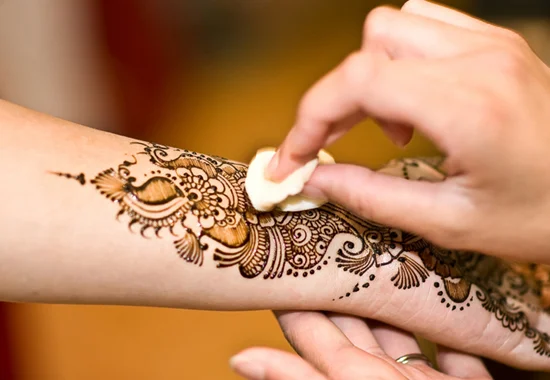
How to remove Henna tattoos?
If you wish to remove a Henna tattoo before it naturally fades, several methods can help speed up the process. One common method is to apply oil, such as olive oil or baby oil, to the tattooed area and gently rub it in a circular motion. This helps break down the Henna pigment and facilitates its removal from the skin. Alternatively, exfoliating the area with a gentle scrub or a mixture of lemon juice and sugar can help fade the tattoo more quickly. Remember to moisturize the skin afterward to prevent dryness.

Hennaco Henna Cones for Bachelorette Party
For those who prefer to have a Henna experience at home, the Hennaco Henna Cones for Bachelorette Party is a convenient option. This kit provides all the necessary materials, including 100% natural and high-quality Henna paste, premium quality henna cones and clear instructions to create beautiful Henna tattoos. The Hennaco kit is designed specifically for bachelorette parties, ensuring an enjoyable and hassle-free experience for you and your friends. You can find the Hennaco Henna Cones Kit on Amazon. This kit is highly recommended for its quality and ease of use, providing you and your friends with an enjoyable Henna experience at home.
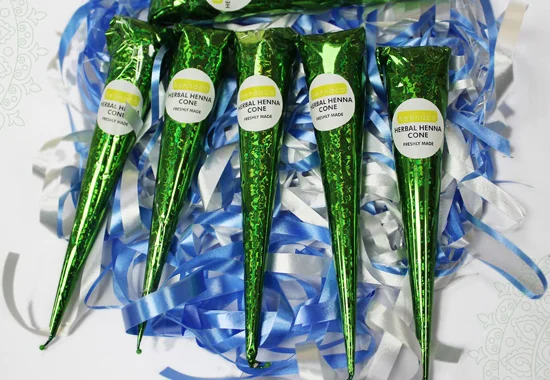
Henna tattoos have become a popular form of body art, adding elegance and cultural significance to celebrations. Whether you choose to host a Henna party or incorporate Henna into a bachelorette party, the experience will create lasting memories for you and your loved ones. Remember to care for your Henna tattoos properly to ensure their longevity, and consider the Hennaco Bachelorette Party Henna Kit for a convenient and enjoyable Henna experience at home. Embrace the beauty and tradition of Henna as you celebrate special moments in life.
Unique Ideas for Henna
For those seeking inspiration for their henna art journey, the internet offers a treasure trove of ideas. On platforms like Instagram, talented henna artists showcase their creativity with mesmerizing henna designs. Here are some unique ideas you can explore:

